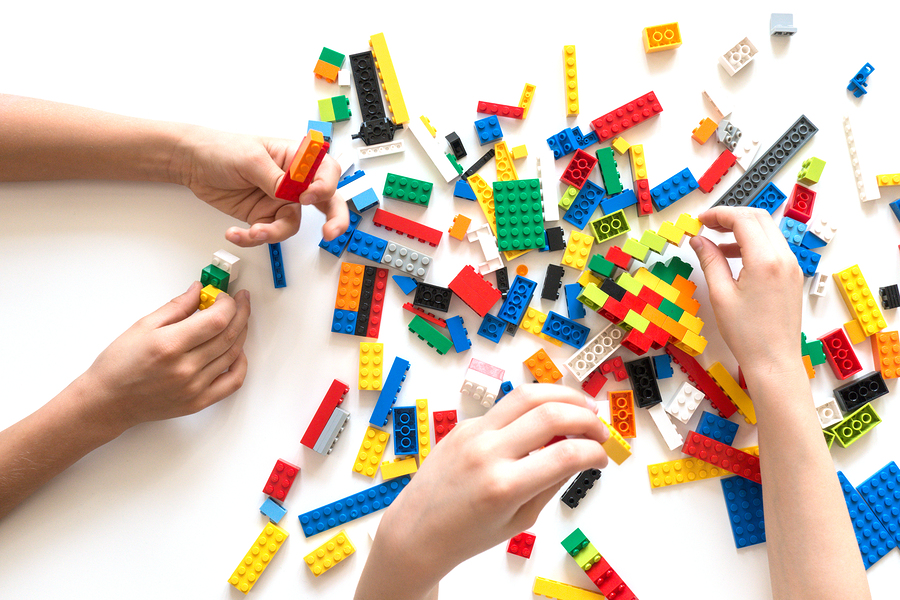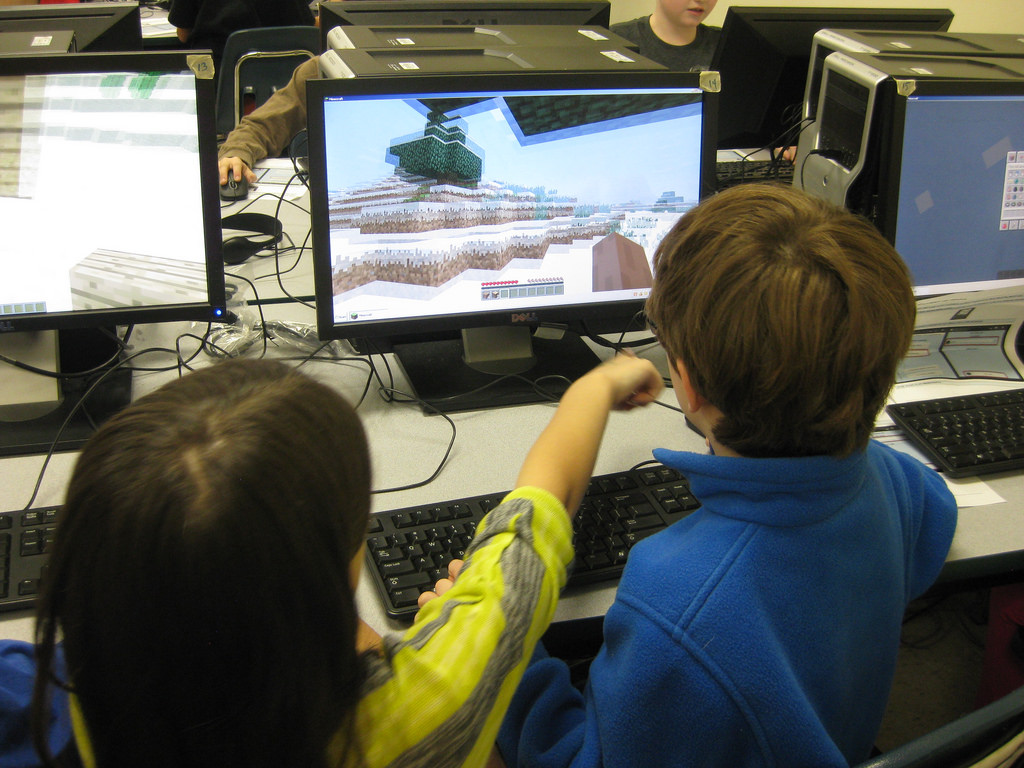Playful assessment can help evaluate the students process to obtain a result and how much they understood in each lesson.
Photo: Bigstock
Playful assessment can help evaluate the students process to obtain a result and how much they understood in each lesson.
Taking evaluation concepts from gamification, researchers plan to change the way to analyze students grades through the creative process during an exam, rather than an attainable final result, using playful evaluations.
The approach borrows the way video games evaluate how players advance each level, rather than measuring their a priori and a posteriori knowledge teachers do during their lessons. Moreover, just as in a game, there are different “levels,” or interesting problems, and ways to solve them, producing different skills and abilities.
In the traditional evaluation process, the answer to each question in an exam is designed to measure specific concepts or skills. These results are considered individually instead of analyzing them as a sequence of actions, as happens in gamification, where each decision depends on the previous one.
The playful assessments use projects as a way to help students to reflect on how and why they made decisions, and to deliver their thoughts at the end of the evaluation. Thus, if a student did not obtain the expected result, he can understand what happened, why and where he was wrong. In addition to it, the teacher can know precisely when the student made an error and why.
Integrating this type of playful evaluation can also be achieved by modifying the tasks that will be used for each project, which are designed for students to analyze their learning and should have different levels, so that it can adapt to the various content skills and students.
For those educators who need support developing tasks focused on the playful assessment, MIT Education Arcade created MetaRubric, a game whose purpose is to discuss what a good rubric is, what makes the instructions clear, what limitations it may have, and so on. The key to the success of the guide is in exchanging ideas between teachers and students and arriving at a rubric as a whole.
Both MetaRubric and playful evaluations create a conversation between teachers and students about how to evaluate and what everyone thinks is important and necessary to pass.
This article from Observatory of the Institute for the Future of Education may be shared under the terms of the license CC BY-NC-SA 4.0 
)
)










)
Sofía García-Bullé
Sofía García-Bullé
Sofía García-Bullé